A Boisterous Beast from the Late ‘60s: The Dodge Super Bee
As any true auto buff looks back at the many choices of amazing muscle cars offered up over the years, there are many great options to mull over! Some cars have the raw appeal and performance to park themselves respectively in driver’s memories for decades. While others, fall slightly short. Dodge’s very first muscle car was forgotten by some but left a lasting impression on muscle-car aficionados worldwide.
The scorching muscle-car status of the Super Bee:
The 1960’s led to a very different way of approaching manufacturing in America. Experience gained from engineering was a massive help in the beginning of an era ripe with raw power. When Plymouth set their minds to creating a budget muscle car in 1967, other brands abruptly took notice. Dodge had a variety of sensational performance cars, but now had to hit the drawing board quickly. The Coronet coupe was a major inspiration, and when the Dodge Super Bee came out in 1968 it had the Plymouth Road Runner in its sights as a hoof-stomping rival.
The Dodge Super Bee’s exhilarating existence:
In 1968, Dodge cranked out the goods behind the legendary Scat Pack symbol, and officially released the Super Bee. The final curb weight was almost identical to the Road Runner’s at the time. The Super Bee was armed to the teeth with an 8-cylinder engine that cranked out 335 horsepower. If desired, it was an option to up the stakes a bit and be outfitted with a 426-hp Hemi engine for just $1,000 more.
Some of the extras were spread a bit thin by today’s standards. However, there were still plenty of traits that made the Super Bee properly menacing. To quell the appetite of those who were wanting to bring the thrill of open-road racing home, there were heavy-duty suspension brakes, wide oval tires, and unique racing stripes in the rear. If you noticed the “Super Bee” emblem flying rapidly past you on the road, you also had been exposed to the defining roar of its engine.
Continued excellence post-introduction:
The two-door hardtop was added to the lineup for 1969, which also saw the introduction of the Ram charger cold-air induction system. One of the trademarks that anyone who remembers falling head over heels for the muscle car genre holds dear are the two large hood scoops. This was perfectly aligned with the brand-new and more powerful engine option. All this muscular and well-honed magic was mated with the Hurst four-speed manual transmission.
The Super Bee was completely restyled for the 1970 model year and began with slightly changed-up horizontal divided taillamps. Blazing an exciting path for ultimate customization, one could also add the R/T Bumble Bee stripe to dial things up a notch and call things their own. This was the final year that the Super Bee was based on the Coronet, and color selection with choices such as Plum Crazy that are still popular on the Charger line.
“But, like… It’s 1971 already, man!”
This marked the beginning of the Super Bee’s official change to the Charger platform. Where it remains a very memorable turning point in car history is its amazingly low cost. The 1971 Charger Super Bee came armed and dangerous with a 383 cid Magnum V8. Not to mention, a bulged-out hood that added an ideally menacing touch. This was a very heavy-duty and capable suspension for the time, but only 22 Hemis ultimately left the lot. Sales were down as driving habits and trends were again changing worldwide.
Retro yet rebellious during the 2000s:
The Charger platform was made up of the R/T, Daytona, and Super Bee beginning in 2007. This model boasted a very capable 6.1-liter HEMI V8 that cranked out 425 hp and 420 lb-ft of torque. This was a strange mash-up due to it having 4 doors. It nearly seemed like a luxury car that still enjoyed playing rough! When the 2008 model came out, some didn’t quite grasp its design. It was still bold and powerful, yet some claimed it “may have been going through an identity crisis.”
The “Last Call” lineup & sentimental sendoff:
As electrification solidifies itself and the future collides very Eco-consciously with the present, there are going to be some very tasty treats to enjoy. The 2023 Dodge Charger Super Bee is a part of the exciting “Last Call” special edition models. It is slated to be the highest-powered one ever made. With a production run of just 1000, they are split up into the Charger Scat Pack in B5 Blue and Plum Crazy hues. Destroyer Gray is a new color addition to the mix, and the 2023 model features “345” badging honoring the pavement-searing muster of the Hemi engine taking up residence.
Many of the dealers that are offering these “Last Call” editions are throwing in pretty sweet bonuses. For instance, free ceramic coating. Underneath each one of these pristine new beauties is a custom aluminum “Last Call” plaque. Officially laying claim to its “Designed in Auburn Hills” status. We must admit that the original Super Bees have a snarling quality that makes them unique. They are trailblazing within their own genre. However, the “Last Call” editions would surely make a very special living and breathing souvenir of this boisterous display of brute force!
Tell us what you think about this phenomenal muscle car classic in the comments below or check out another awesome article we offered up about the revved-up and raucous muscle cars of 2022!






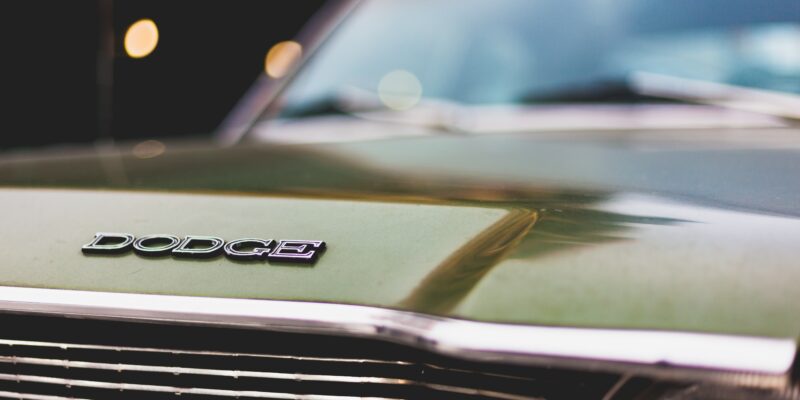
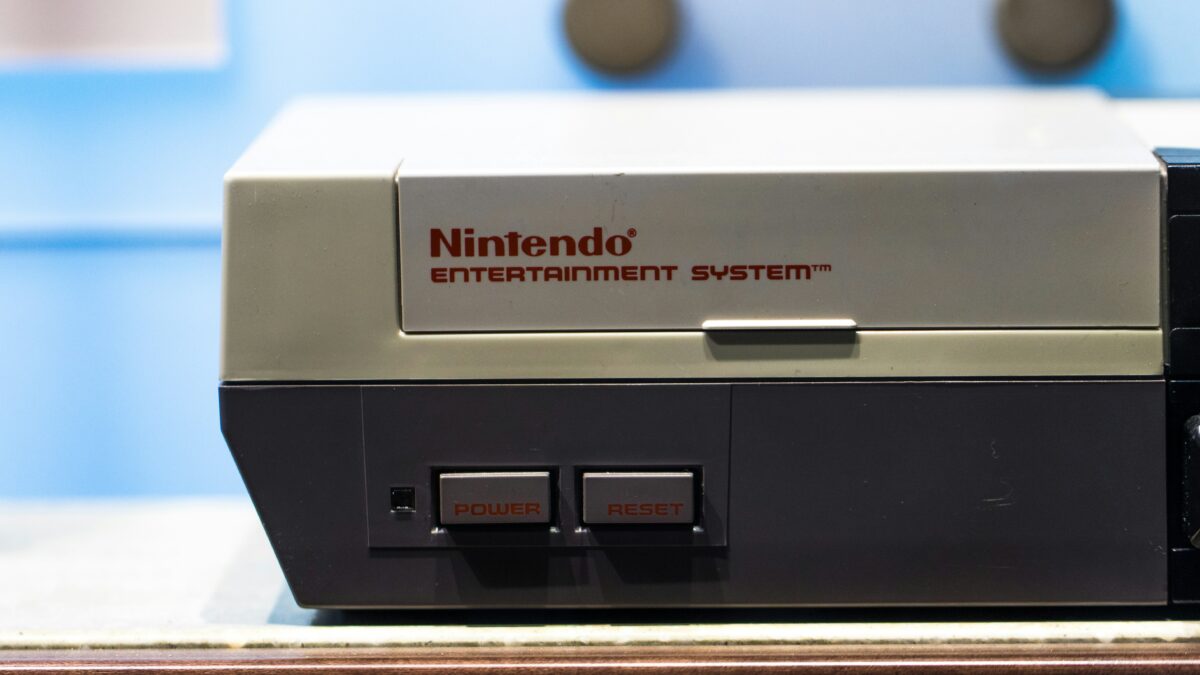
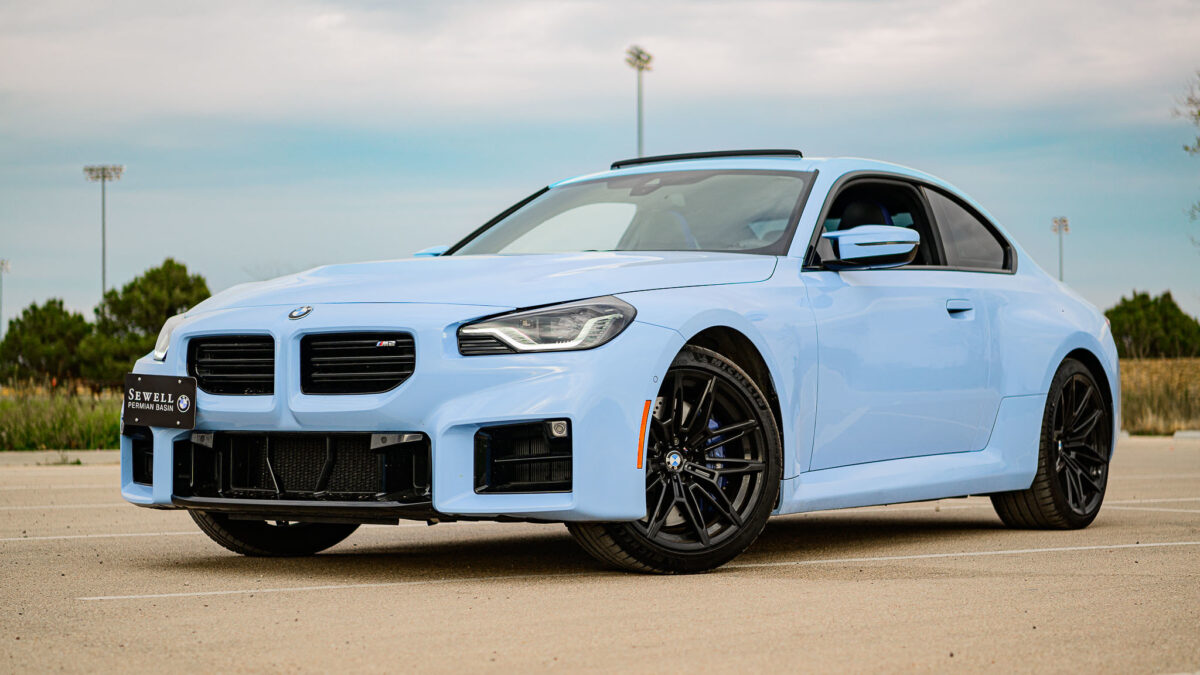


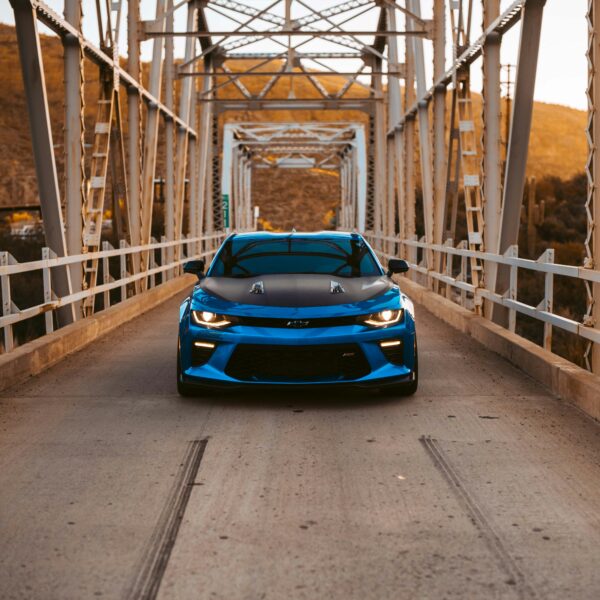

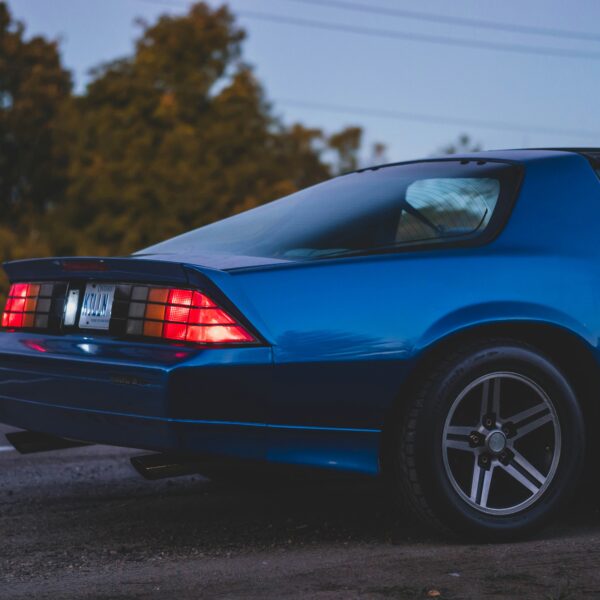



Awesome article. I was lucky enough to own a 1969 Dodge Superbee 383. It was my 1st car.
Why is there a picture of a dart at the beginning of a story about the super bee
Good question!!! We can do better than this!
As a former owner of a new off the show room floor 1968 Dodge Super Bee I can’t tell you the love I had for that car. The style and performance fit me to a T. To this day I keep looking for one to own, just to give me the feeling that I had back then. I am still a Mopar man and Challenger owner but it is hard to forget the past.
In 1980, when I was 15, I stumbled across a mind blowing car sitting on 4 flat tires in the middle of a cornfield in Michigan. I had never seen anything like it. I was obsessed and knocked on the farmer’s door. He said it was his son’s, who was off in college, and the car was a 1969 Super Bee that came from Kentucky where it was used to run Moonshine a few years back. Bugged him until he sold it to me for $550.00 in 1982. It was right out of a teenage paperback. Car was complete down to the glovebox emblem with a 383 “super commando” that had 440 heads and special cam with the ram air scoops, hemi air cleaner, and an A-833 4 speed with Hurst pistol-grip shifter. Had the Charger R/T Rallye gauges with a 150 mph speedometer, bench seats, and no power anything and a clutch pedal stiff enough to lift your butt off the seat when depressed. I loved it like nothing else. My Dad took it away and sold it after I got caught street racing. He still regrets doing it, with what it would be worth today, but it might have saved my life. Still miss it. I was proud of the 4 mpg 96 octane fuel consumption.